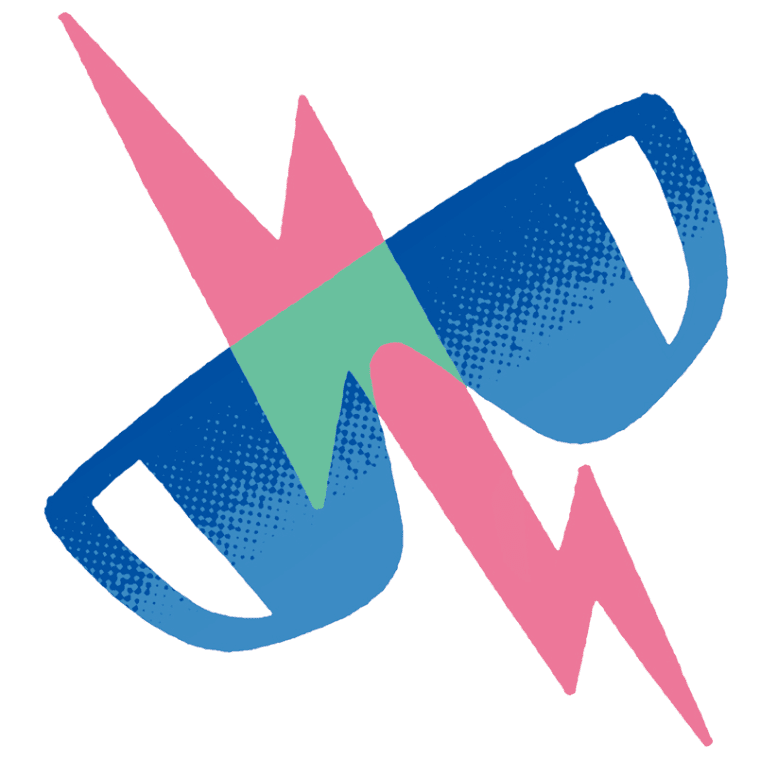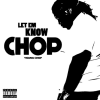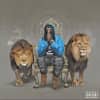Over the past 15 years, the web’s vast wealth of information and shareable files has sparked novel, expressive forms, each its own rebellion against whatever else is dominating the airwaves and magazine covers of the time. But the internet has also sped up the process of hype and backlash, shortening our collective attention spans and forcing us to move on to the next thing with little ceremony. Often, it would feel like some new microgenre was over the second it got a name, if it ever really existed to begin with. But these specialized styles—including but not limited to the ones we’ve mapped out here—felt important when they happened. And they still do, like snapshots of a zeitgeist that’s being constantly redefined.
1. ELECTROCLASH

SOUNDS LIKE: Deadpan, sing-spoken social commentary over clunky machine beats.
PEAK YEAR: 2002
KEY ARTISTS: Chicks on Speed, Le Tigre, Peaches
"Very underground, very sleazy, sexually explicit, queer, and spearheaded mostly by mostly female artists. it lasted no longer than a year, really, because it was so ahead of its time.” —Peaches
2. CRUNK

SOUNDS LIKE: A way-too-turnt, Southern branch of shout-along rap.
PEAK YEAR: 2003
KEY ARTISTS: Lil Jon, Three 6 Mafia, Crime Mob
"The music itself seemed to be more honest back then. No one was worried about making hits, rather just making great music that people could feel. Everyone just turned up with energy and got crazy.” —Juicy J, of Three 6 Mafia
3. SNAP

SOUNDS LIKE: Simple hooks, super-sparse production, and, of course, finger snaps.
PEAK YEAR: 2006
KEY ARTISTS: D4L, Dem Franchize Boys, K-Rab
“It made people smile, laugh, and dance. I don’t know what the hell is going on now.” —Fabo, of D4L
4. BALTIMORE CLUB

SOUNDS LIKE: The same five kick patterns, the same five breakbeats, and every sample you could imagine, just more fucked-up and better.
PEAK YEAR: 2007
KEY ARTISTS: Rod Lee, Scottie B., Blaqstarr
“Baltimore Club is the only dance music that gives instant motivational feelings without a lot of fluff. It's important to still have raw forms of any product available. There are still people out here in the world who appreciate genuine things, ya know?” —Blaqstarr
5. BALEARIC POP

SOUNDS LIKE: Lush, seaside disco that’s equal parts happy and sad.
PEAK YEAR: 2008
KEY ARTISTS: The Tough Alliance, Studio, Air France
“The world needed the feeling of it—the feeling of doing something no one asked for. The feeling of longing for something that was very far away. Not geographically speaking, duh.” —Erik Berglund, of The Tough Alliance and CEO
6. SHITGAZE

SOUNDS LIKE: Heavily distorted no-fi guitar rock.
PEAK YEAR: 2009
KEY ARTISTS: Psychedelic Horseshit, No Age, Wavves
“What is shitgaze? I dunno, what is the wind, or the rain, or a kiss? What is lava? It’s intangible, kinda wild. It got way outta hand real fast.” —Matt Whitehurst, of Psychedelic Horseshit
7. CHILLWAVE

SOUNDS LIKE: A memory of a memory.
PEAK YEAR: 2009
KEY ARTISTS: Neon Indian, Washed Out, Toro y Moi
“Being called chillwave is akin to waking up one day to read in the papers that you are related to the Baldwins. You begin to be asked several questions like, ‘Do you have any interesting stories from when Stephen was shooting Biodome?’ only to respond, ‘I’ve never met him.’” —Alan Palomo, of Neon Indian
9. JERKIN

SOUNDS LIKE: Hyper, lo-fi raps for limber-legged teens to dance to.
PEAK YEAR: 2010
KEY ARTISTS: The New Boyz, The Rej3ctz, Young Sam
“It was more than just a dance; it’s a culture. It kept the community positive. It kept so many kids away from negativity. I’d rather have kids jerkin than gangbanging or stealing or whatever.” —Young Sam
10. CLOUD RAP

SOUNDS LIKE: Taking NyQuil and listening to Hot 97.
PEAK YEAR: 2011
KEY ARTISTS: Main Attrakionz, Yung Lean, Clams Casino
“Cloud rap is whatever you want it to be. A hundred people will tell you something different, probably. But me, I started from the bottom looking at the stars at night, seeing planes and shit and wishing I was on one of them.”—Mondre M.A.N., of Main Attrakionz
11. VAPORWAVE

SOUNDS LIKE: IMAX sound design, waiting room Muzak, and late techno-capitalism.
PEAK YEAR: 2012
KEY ARTISTS: James Ferraro, Chuck Person, New Dreams Ltd.
“This was one of the first of these musical movements to integrate a meaningful sampling of corporate/commercial aesthetics. It initiates a lot of important conversations about power and money in the industry. Or... everything just sounds good slowed down with reverb?” —Aaron David Ross, of Gatekeeper and ADR
12. DRILL

SOUNDS LIKE: Colonial military music, three centuries later.
PEAK YEAR: 2012
KEY ARTISTS: Chief Keef, King Louie, Young Chop
“Me and Chief Keef are the the low-key founders of this shit. The head honchos. On some real stuff, we didn’t know we were creating a sound until people started being like ‘drill this’ and ‘drill that.’ It’s based off true life in the streets of Chicago, the wild wild west.” —Young Chop


